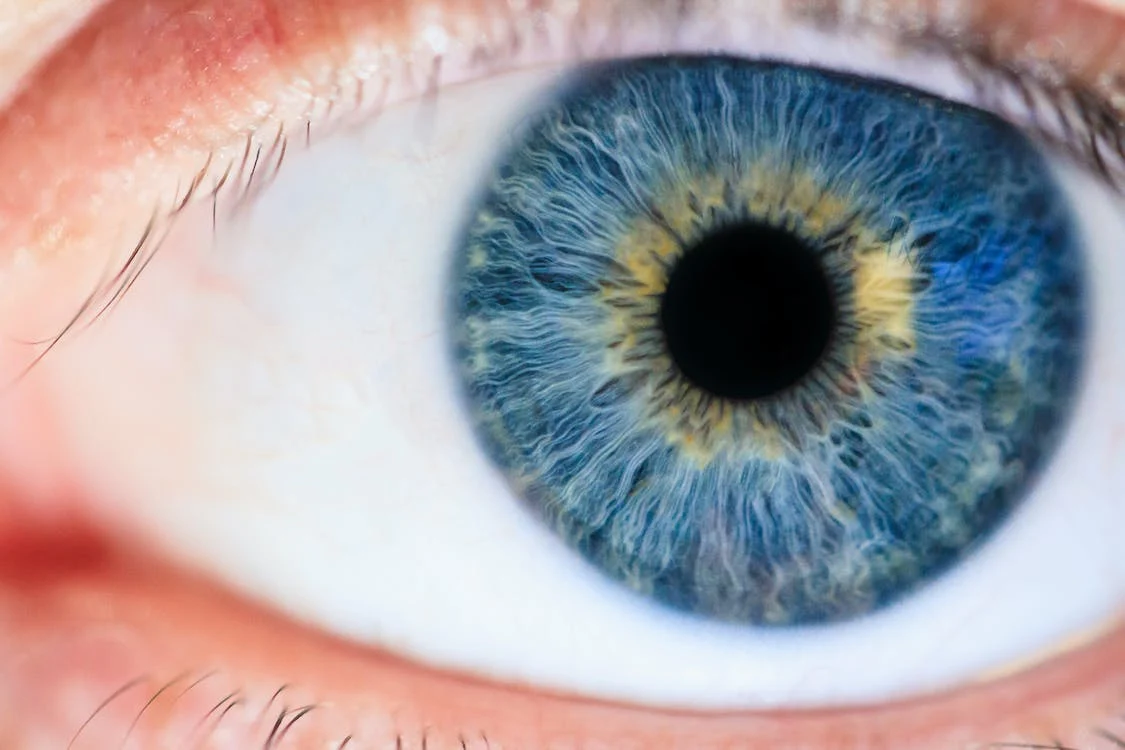“Age-related macular degeneration is a disease that can be insidious, often with symptoms coming on slowly over years,” says Michelle Andreoli, M.D., an ophthalmologist at Northwestern Medicine and spokesperson for the American Academy of Ophthalmology. “The slow onset of symptoms can lead to advanced disease before patients are aware of the change.”
AARP’s recent article entitled “3 Warning Signs of Macular Degeneration” explains that AMD affects 11 million people in the United States. It’s a progressive eye disease that affects the central vision and, as a result, the ability to see fine details. If you have advanced AMD, it’s all but impossible to drive, read, watch TV, or recognize faces.
There are two types of AMD: dry and wet. Most people with the disease have dry AMD. With the dry form, parts of the macula — located at the center of the retina, the light-sensitive tissue at the back of your eyes — become thin over time and tiny clumps of protein called drusen grow, gradually blurring your central vision.
With wet AMD, abnormal blood vessels grow under the macula, ultimately leading to fluid and blood leakage, causing scarring of the macula.
“Symptoms like the ones described below should prompt patients to see their eye care specialists for an eye exam,” says Akrit Sodhi, M.D., professor of ophthalmology at the Wilmer Eye Institute at Johns Hopkins Medicine. “They could be due to development of advanced AMD, dry or wet.”
These are three warning signs of AMD:
- Blurriness. Haziness appears so gradually, you may think the solution to the fuzzy print on the page or your computer screen is a new eyeglass prescription or a brighter bulb in the overhead lighting. It may be. However, this is also a sign of AMD.
- Straight lines appear wavy. This could be lines of text on a page that look bent or curved, or window blinds, bathroom tiles, or bookshelves. When lines that should be straight aren’t, you may have AMD.
- Blank areas in your central vision. Often, the earliest changes linked to AMD are tiny blind spots in your central vision — as opposed to your peripheral vision — that can slowly enlarge and multiply over time. Eventually, the tiny blind spots start to blend together, leading to central vision loss. While you may keep some peripheral vision, it’s hard to read and recognize other people’s faces.
Reference: AARP (Oct. 27, 2022) “3 Warning Signs of Macular Degeneration”











